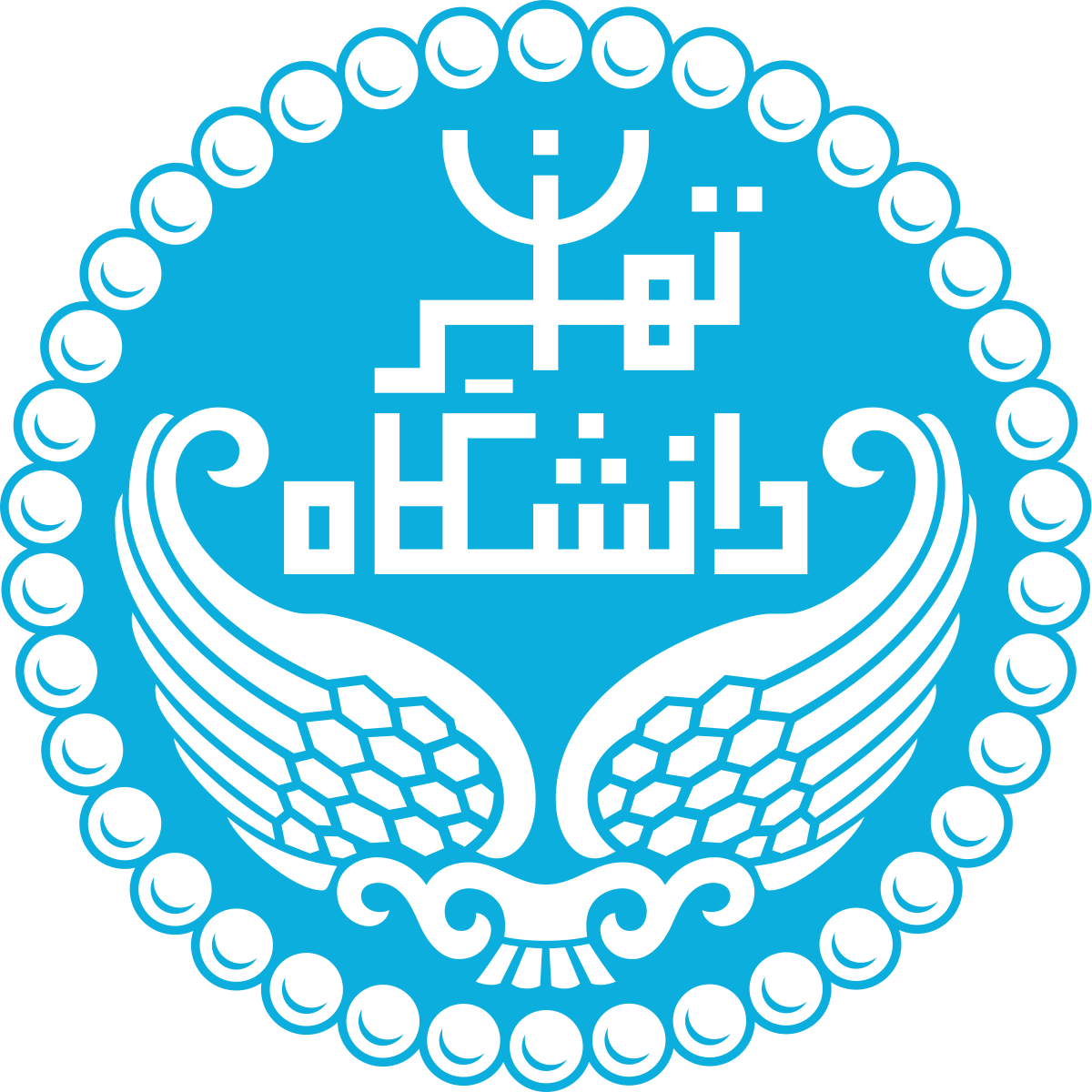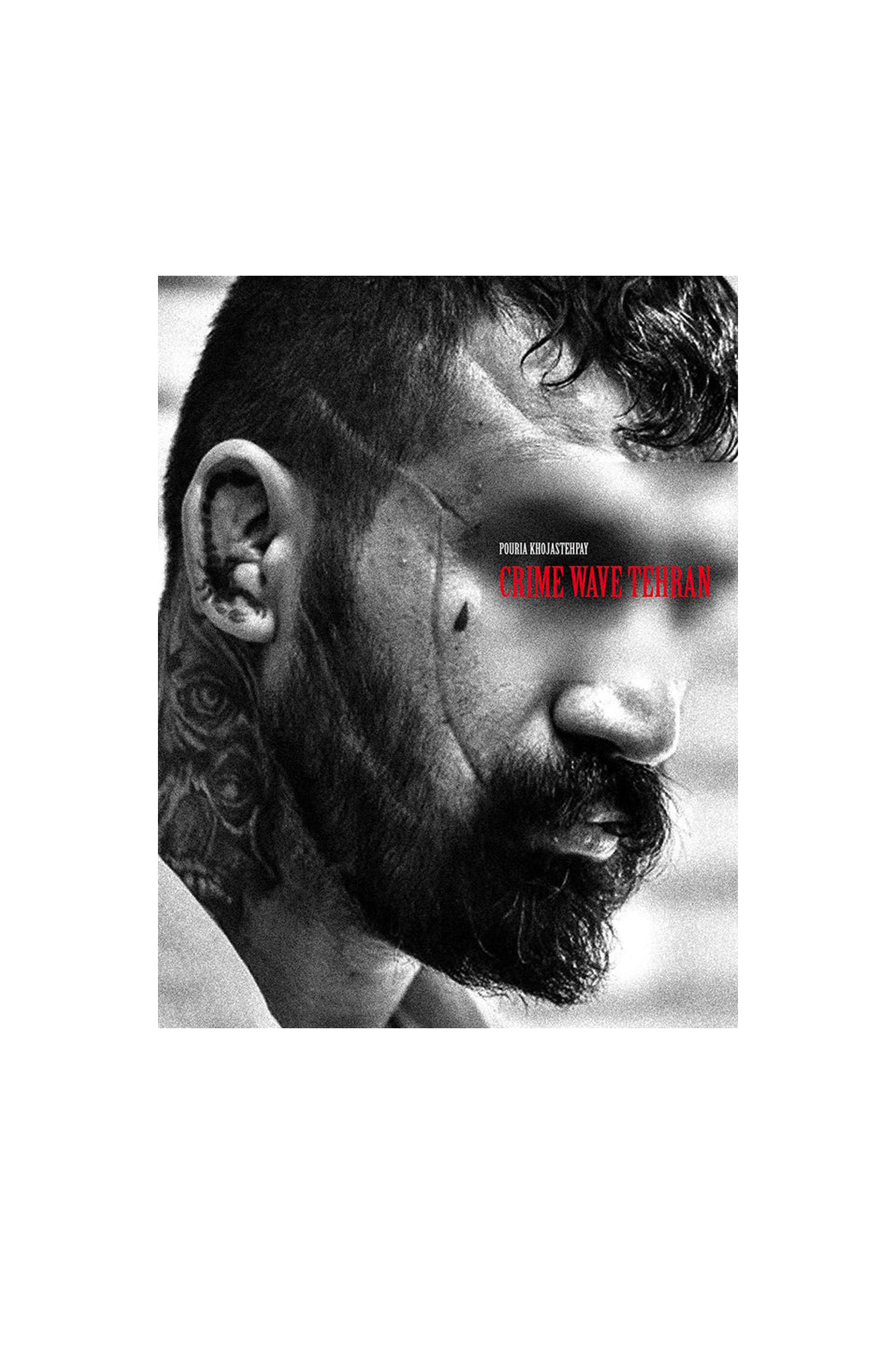Where Is Tehran - Uncovering Iran's Capital City
Have you ever found yourself wondering about places on the map, maybe even a city you hear about but aren't quite sure where it sits in the world? Well, if you've been curious about Tehran, you're certainly not alone. It's a place that, you know, holds a really important spot on the globe, and its location tells quite a story about its past and what it's like today. This particular city, you see, is often a topic of discussion, and figuring out exactly where it is can help put a lot of things into perspective.
Figuring out where Tehran is located can be a little more involved than just pointing to a country on a map, actually. It's about understanding its spot within a much bigger picture, like its ties to ancient lands and its unique surroundings. When we talk about where Tehran is, we're also, in a way, talking about its physical setting, how it fits into the landscape, and the kind of climate that shapes daily life there. It's a city that has grown quite a bit over time, and its position has played a big part in that growth.
So, too it's almost, when we talk about Tehran's spot on the map, we're also getting a glimpse into its long story. It’s not just a dot on a piece of paper; it’s a place with a very rich background, a place where different cultures have come together, and where important things happen for a whole country. Knowing where Tehran is helps us appreciate its role as a central hub, a place that, you know, connects many different aspects of life for millions of people.
Table of Contents
- Where is Tehran on the Global Map?
- How Does Tehran's Geography Shape It?
- What Makes Tehran a Significant Place?
- Tehran's Historical Roots - Where is Tehran?
- What is Tehran's Cultural Blend Like?
- Daily Life and People - Where is Tehran?
- Getting Around Where is Tehran
- Tehran's Economic Heartbeat - Where is Tehran?
Where is Tehran on the Global Map?
When you look at a map of the world, Tehran, you know, holds a very specific spot. It's the capital city of Iran, which is also known as the Islamic Republic of Iran. This country, in some respects, is found in the southern Asia subregion of the larger continent of Asia. So, if you're trying to picture it, think of it sitting in that part of the world.
More precisely, when you zoom in on Iran itself, Tehran is located in the northern part of the country. It's not just in the north, though; it’s positioned on a rather beautiful mountain slope. For those who like exact details, the latitude of Tehran, Iran, is about 35.715298 degrees North, and its longitude is roughly 51.404343 degrees East. These numbers, you know, give it a very precise spot on any map or globe, like your GPS device might show you.
This particular city, Tehran, is also the largest urban area in Western Asia. That's a pretty big deal, really, considering the size of that region. It means a lot of people call it home. You can find its exact location and coordinates on various maps, like interactive online ones or even satellite views, which can help you get a really good sense of its surroundings. It's a place that, typically, draws a lot of attention for its position.
- Sophie Rain Reddit Nsfw
- Leejong Suk
- Tc Carson Is He Gay
- Joan Rivers Brigitte Nielsen
- Is Chelsea Swift Married
How Does Tehran's Geography Shape It?
The physical setting of Tehran is a really important part of what it is. The city, in a way, sits at the foot of the towering Alborz mountain range. This mountain range is quite significant, and it plays a big role in the city's climate and general feel. You see, the city is on the south hillside of these mountains, with its elevation varying quite a bit, from about 900 to 1800 meters above the sea level.
This geographical position, you know, with mountains to the north and a desert to the south, greatly defines the kind of weather Tehran experiences. The mountains, in some respects, act like a barrier, influencing air patterns and temperatures. This creates a distinct climate for the city, which is quite different from what you might find in other parts of the country. So, the mountains are not just pretty scenery; they are a very active part of Tehran's identity.
When you look at a physical map of Iran, you can really see how Tehran is placed among the terrain. You'd see the major cities, the different land features, and how the rivers flow. This kind of map helps you understand the bigger picture of where Tehran is, and how it connects to the rest of the country's natural layout. It's a location that, you know, has been shaped by its surroundings for a very long time.
What Makes Tehran a Significant Place?
Tehran is, actually, much more than just a capital city; it’s a central hub for Iran. It serves as the political center, where important decisions for the country are made. But it’s not just about politics; it’s also the main economic and cultural center. This means a lot of different activities, from business to art, happen here, making it a very busy and influential spot.
With a population that reaches around 14 million people, it is, in fact, the most populous city in Iran. This large number of residents, you know, contributes to its lively atmosphere. As a major metropolis, it has grown quite a bit over the years, becoming a place where many different aspects of Iranian life come together. It's a place that, you know, really pulsates with activity.
The city's importance also comes from its long history. It has a very rich and diverse heritage, with roots going back to the 9th century. This deep historical background, you know, adds many layers to its character today. So, when people ask where Tehran is, it's good to remember that its significance goes far beyond just its coordinates on a map.
Tehran's Historical Roots - Where is Tehran?
To really get a sense of where Tehran is, it helps to look back at its past. The area where Tehran sits today was once part of a historical region known as Media, or "māda" in Old Persian. This ancient land, you know, was in northwestern Iran, and it has a very long story. So, the ground Tehran stands on has been important for a very long time.
Interestingly, a place called Rhages is mentioned in ancient texts, like the Avesta's Videvdāt. In this old writing, Rhages is described as the 12th sacred place created by Ohrmazd. This same name, Rhages, also shows up in Old Persian inscriptions. Today, the ruins of this ancient capital, which was destroyed by the Mongols in 1220 A.D., can still be seen about 6 kilometers south of modern Tehran. So, in a way, Tehran replaced this older, very significant city.
Tehran itself became the official seat of the Qajar dynasty in 1786. This was a really important moment, as it meant the city would grow and develop into the major urban area it is today. By 1869 or 1870 A.D., Tehran had gained a lot of prestige and was even enclosed by an 8-kilometer rampart that had 12 gates. This shows, you know, how it was becoming a very central and protected place, a true capital in every sense.
What is Tehran's Cultural Blend Like?
When you think about where Tehran is, you also get a sense of its cultural make-up. Persian culture and language, in some respects, are very prominent throughout the city. They are, you know, the main threads that run through daily life, from how people speak to the traditions they follow. It's a very clear part of the city's identity.
However, Tehran is also a place where many different ethnic and linguistic groups come together. It's like a meeting point, really, for people from various backgrounds across Iran. This mix creates a very cosmopolitan atmosphere, which means you can find a lot of different viewpoints and ways of life within the city's boundaries. It's a place that, you know, welcomes many different voices.
This blend of cultures and languages contributes to Tehran being a very diverse place. You might find people from different parts of Iran, each bringing their own customs and dialects, which adds a lot of richness to the city's character. So, while Persian culture is strong, the city is also a testament to the many different groups that make up the country, making it a rather interesting place to experience.
Daily Life and People - Where is Tehran?
For a city of 14 million people, Tehran is, in fact, a very busy place. It sits at the foot of the towering Alborz mountain range, and this setting gives it a unique feel. When you visit, you might notice that it's a city with a lot to offer, from its many museums to its green parks and various restaurants. There's, you know, quite a bit to explore and experience.
The people of Tehran are often described as warm and friendly. This makes the city feel welcoming, even with its large size. You can find places to go, things to see, and people to meet. The everyday rhythm of life, you know, includes everything from enjoying public spaces to trying out different foods, reflecting the city's character as a place where people live their lives fully.
As a major urban center, Tehran is also home to many historic monuments and museums. These places tell the story of its past and offer a glimpse into the country's rich heritage. So, beyond just its location on a map, Tehran is a place where history is alive, and where people go about their daily routines amidst reminders of a very long and interesting story.
Getting Around Where is Tehran
If you're ever planning to visit Tehran, knowing how to get around is pretty useful. The city has a good transportation system, which helps its many residents and visitors move from one place to another. You can find various maps that show Tehran's neighborhoods, its streets, and where important landmarks and attractions are located. These maps, you know, are quite helpful for finding your way.
Interactive online maps are particularly good for exploring Tehran. They can help you locate everything from places to eat to hotels and all sorts of tourist destinations. Whether you're looking for the downtown area or trying to understand the surrounding neighborhoods, these maps provide a very basic version of the city's layout, making it easier to plan your movements. So, you know, getting a good map is often a first step.
Understanding the climate is also part of getting around, in a way, as it affects how you experience the city. Tehran's climate, as we talked about, is greatly shaped by its geographical position, with mountains to the north and desert to the south. This means the weather can vary, and knowing a bit about it can help you prepare for your time there. It's all part of the practical side of being in such a place.
Tehran's Economic Heartbeat - Where is Tehran?
Tehran is, actually, the economic and business center of Iran. This means that a lot of the country's commercial activities happen here. It's a place where many companies operate, and where a lot of the country's financial transactions take place. This role as an economic hub makes it a very important city, not just for its residents but for the whole country.
As the largest urban city in Western Asia, with a population of about 14 million people, Tehran generates a lot of economic activity. This large population, you know, provides a significant workforce and a large consumer base, which helps drive the city's economy. It's a place where many different kinds of businesses, from small shops to larger corporations, find their home.
The currency used in Tehran, and throughout Iran, is the Iranian Rial (﷼). This is the official money of the country, and it's what you would use for all your purchases and transactions in the city. So, if you're thinking about the practicalities of being in Tehran, knowing about the currency is, you know, a very basic but important piece of information. It's all part of understanding the city's daily rhythm and its role in the country's overall economy.
- 1911 Forum
- Kenny Loggins Siblings
- Jordan Rodrigues Ethnicity
- Tony Green Net Worth
- How Long Are Islanders On Love Island

University of Tehran – Cihan University of Sulaimaniya

Crime Wave Tehran – One Block Down

Fit